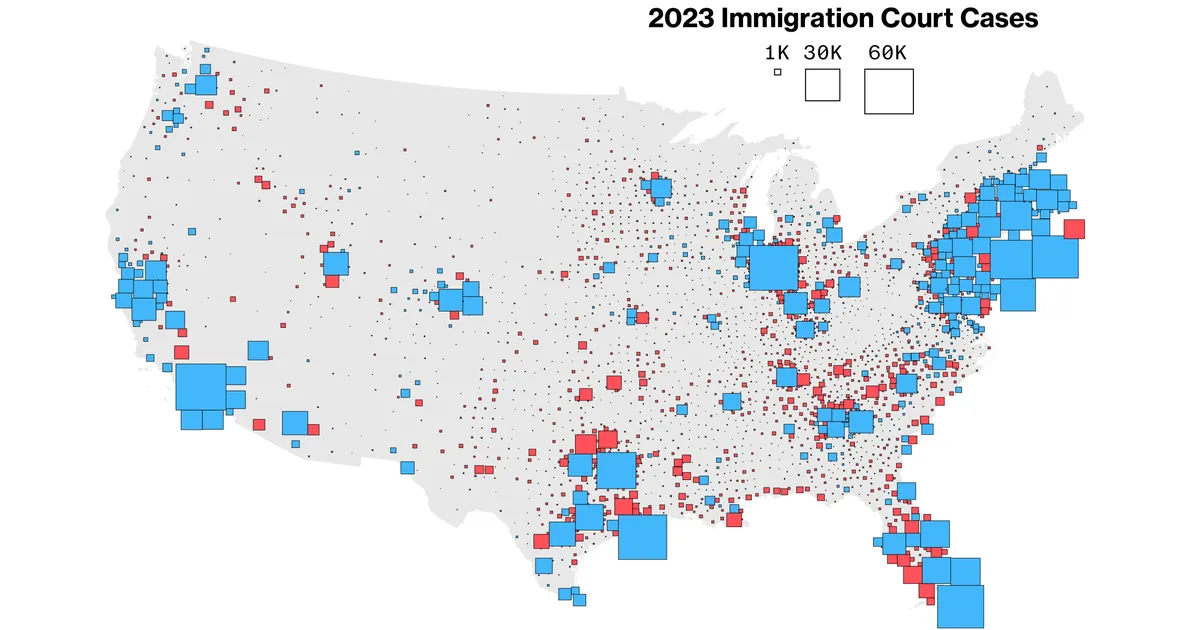Americas political landscape looks very different from just fifteen years ago: nowadays forty states have one-party control of their governments (up from twenty in late 2000s)‚ making state-level politics less competitive than ever
The nations traditional power-centers are shifting fast — the Northeast and West Coast remain solid democratic strongholds where Kamala Harris leads by 15-20 points but the South and Mountain regions show strong support for Donald Trump. Its interesting to note that both Jimmy Carter and Bill Clinton once won southern states; something thats hard to imagine today
Migration patterns tell an eye-opening story: people are moving to places that match their political views. Hereʼs where the biggest changes are happening:
- Texas and Florida lead in tech-worker attraction
- Phoenix Dallas-Fort Worth and Salt Lake City show fastest job growth
- Southern states receive billions in wealth transfers
- Deep South and Desert Southwest lead in new business creation
The economic power-shift is real — last year saw $191-billion move from blue to red states (a trend thats picking up speed). Places like Dallas-Fort Worth are now challenging Chicago as a financial hub; while states like Minnesota lost about $5-billion from departing residents
Demographics paint an interesting picture: birth-rates stay higher in red regions while blue areas see declining numbers. The South-west and South-east attract young professionals immigrants and families looking for lower-cost living. After the last re-count Texas got two more House seats; while New York California and Illinois each lost one
The future of political influence seems clear — red states might gain thirty more seats by 2030 compared to the mid-70s. This shift means democrats need to find ways to win in these growing regions or risk becoming less relevant in national politics
